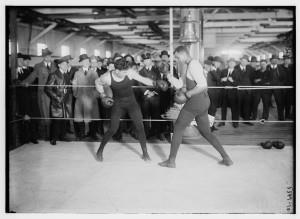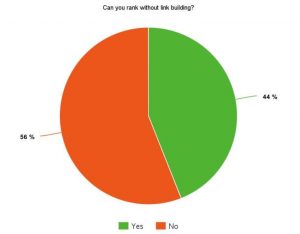Anytime someone talks to me about their page their first comment is usually something like, “I have XXX likes on my page so it’s going pretty well”. To which in my head I think “ohh really that’s… that’s awesome”. The common measure for social efforts among the average person is how many likes they have. This is nothing more than a vanity metric. Anything you can physically buy is unimportant in the grand scheme of things. Don’t get me wrong, a following is important but it is not the most important KPI to measure.
So what KPI should you be paying attention to when it comes to social media? Your pages engagement rate is much more important than any other KPI in my opinion. This tells you so many different things about your page’s performance. Second would be conversions, how many sales you can actually measure coming from social media? Another very important KPI is the amount of people your posts are reaching. Social media is after all a marketing tool. The definition of marketing is the action of promoting a business and assisting in the sales process. So the amount of people who “like” your page is less important than these other results.
Engagement is very important to determine whether or not your social media efforts and strategies are working. If you have 10,000 followers and get a couple clicks/likes per post then you are doing it wrong. There is no question. The engagement rate tells you how to formulate ad campaigns. If a certain type of post gets less engagement than another type of post then you should move forward with the better type of posts. If you are making a couple posts that are similar and they are never engaged with by your audience then stop making that type of post all together. The engagement rate of a post also gives you insight into what your audience interests are. Once again improving future posting.
Reach is in my opinion the second most important factor. It is a marketers job to get you in front of as many possible customers as he or she can. However the audience reached must be kept in mind. If you are a mechanic it doesn’t make any sense to be targeting people outside of your service area. If you sell a product that could be shipped worldwide but is geared for women then it makes zero sense to have men in your target audience, with the exception of holiday ads. The amount of people you reach will always result in a certain percentage of page likes. You don’t even need to create ad campaigns for the purpose of page likes because it is often one of the most expensive ways to go about it.
Conversions, lets just define what a conversion is first. I define conversions as a line in the sand or on your website. When your customer crosses this predetermined line I have converted them. The conversion could take place immediately when they land on your website, when they add a product to their cart, or when they receive the thank you message after checking out. The conversion point is different with all types of businesses, if you don’t sell a product it could be something more like signing up for an email newsletter. The predetermined line in the sand depends on many factors. I take all these factors into consideration when determining where we draw the line. If your follow up sucks, your email sign up is hard to find or asks too many questions, or your checkout system is a pain in the ass it would only make sense for me to draw the line closer to entry because that friction is not my fault. I always try to make suggestions on how to improve a companies sales funnel, however a website redesign is not always in the budget.
So there are three KPIs to measure how well your social media efforts are going.(aka ROI) Instead of focusing on how many followers or likes you have on your page take a closer look at these factors instead. If you are reaching a ton of people and your audience is engaging your content then your following will naturally grow. But don’t be too caught up on that number. It is better to have an audience of 100 people of whom 80% engage regularly than 10,000 of which 8 people engage.
Digital & Social Articles on Business 2 Community(35)








